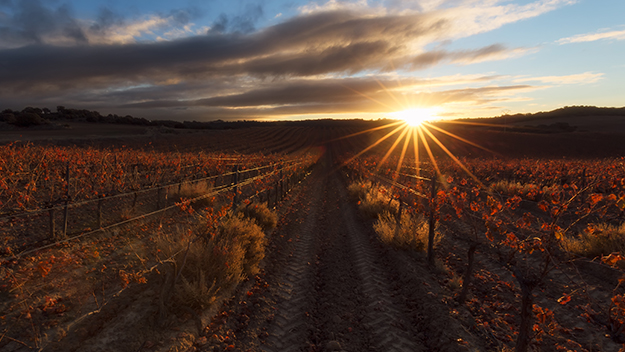Find your winery or vineyard
More than 10 Wineries and Vineyards for sale in DO La Mancha

Large-scale winery for sale in D.O. La Mancha.
Spectacular winery for large-scale wine production located in the D.O. La Mancha.

Winery with its own vineyards in DO La Mancha.
Spectacular winery with its own vineyards in DO La Mancha, a jewel for wine lovers.

Winery with equestrian facilities in DO La Mancha.
Winery with a large surface area for the production of wine and a horse riding school. Great potential for investment.

Winery in DO La Mancha with 60 ha of vineyards.
Winery for the production of large volumes of wine in DO La Mancha.

Large production winery in DO La Mancha.
Winery with 12 hectares of different variety vineyards and a large production capacity, close to Toledo and Madrid.

Winery with 300 hectares of land, half of it vineyards and other crops.
DO La Mancha

Organic winery in La Mancha for sale.
Organic winery in La Mancha wine region.

Location Hacienda with Bodega and Cortijo
200 hectares of which 70 are vineyards. The rest are Olivos, Coto hunting and Holm oaks.
Infographic of the Denomination of Origin

Change to imperial units (ft2, ac, °F)Change to international units (m2, h, °C)
D.O. year of foundation:
1976
Number of wineries (2017):
257
Total surface area:
164.553 ha406.610 ac
Maximum production allowed:
12.500 kg/ha11.152 lb/ac
Altitude of the vineyards:
Min: 600m
Max: 800m
Min: 1.969ft
Max: 2.625ft
Temperature:
Min: -15º
Max: 45º
Min: 5°F
Max: 113°F
Yearly hours of sun:
3.000
Yearly rainfall:
350 l/m233 l/ft2
DO La Mancha
LOCATION AND HISTORY
Located on the Spanish southern plateau, just 60 kilometres from Madrid, La Mancha is the largest DO in Spain, with close to 30,700km2. The vineyards are distributed in 182 towns: 12 in the province of Albacete, 58 in Ciudad Real, 66 in Cuenca and 46 in Toledo. The strength of the tradition in the viticulture of the area reflects a series of intrinsic and natural conditions which encourages the cultivation of the grape and the wines with well-defined qualities: the quality of the fruit, the ripening cycle, and the health of the vines are extraordinary.
SOILS
In the DO La Mancha, the soil rises consistently from North to South, between Aranjuez at 489 metres and La Mancha at 700 metres. Although it is an expansive area, the terrain could be defined as flat and the soils maintain constant characteristics. They are sandy clay soils of a red-brown colour, which originates in the sediments of Miocene, poor in organic content and rich in limestone and chalk.
CLIMATE
The plains of La Mancha, located at an average height of around 700 metres, have an archetypal continental climate: the frozen winters yield the torrid summers. The temperatures of summer often reach 45ºC, whilst in the winter the thermometer can get as low as -12 ºC. The rainfall is low; there are more than 3000 hours of sun per year, which means 95% of the vineyards are on dry soil. All of these contrasts favour the nature of the grape.
TYPE OF GRAPE
Although the grape variety Airén continues to prevail in the vineyards of the DO, the cultivation of Cencibel (or Tempranillo) has drastically increased, now at more than 30,600 hectares. Due to the prominent restructuring that is taking place in the vineyards of the region, the producers of the DO have been planting other varieties such as Macabeo/Viura, Verdejo, Sauvignon Blanc, and Chardonnay for the white wines. For the reds, as well as Cencibel (Tempranillo), Garnacha, Monastrell, Graciano, Mencía, and Moravia (which is found in certain areas of Albacete and Cuenca), the French varieties already have a strong presence, such as Cabernet Sauvignon, Merlot and Syrah, as well as Pinot Noir, Malbec, Cabernet Franc, and Petit Verdot.
Discover more wineries and vineyards for sale in these wine regions in Spain
Subscribe to our mailing list to receive news about wineries and vineyards.











